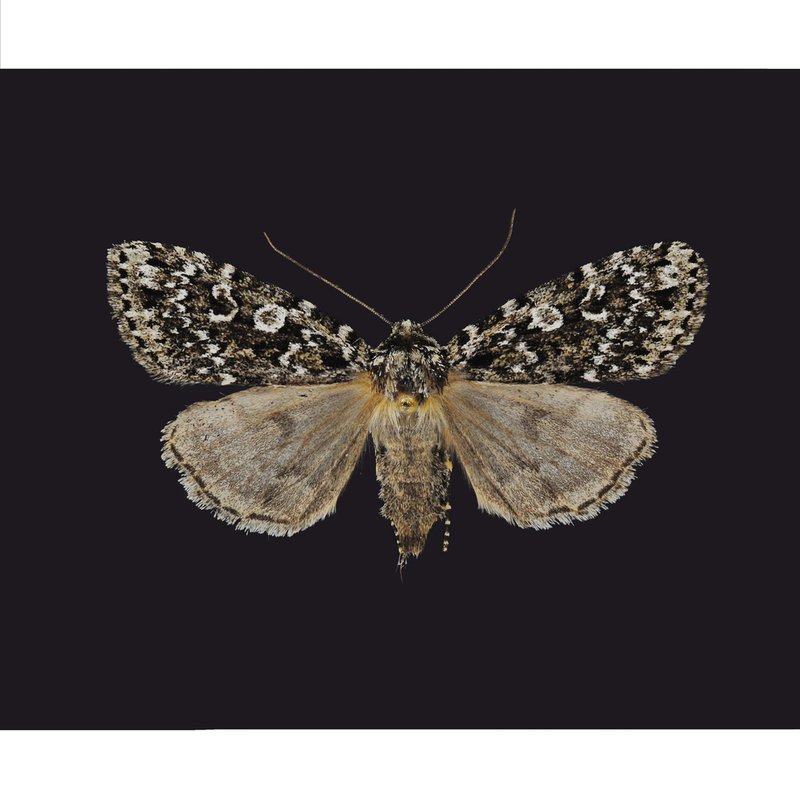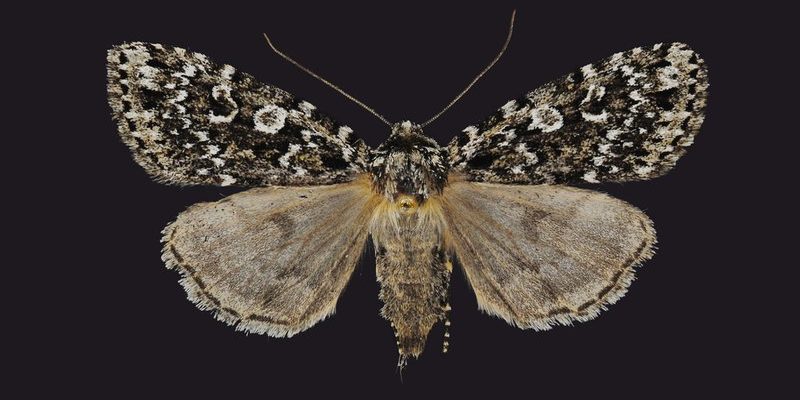
Have you ever looked closely at a moth and wondered about its life? The Xestia (Moth Genus) is a fascinating group of nocturnal creatures that holds many surprises. These moths are more than just fluttering insects; they play essential roles in our ecosystem. With their striking appearances and unique behaviors, they capture the imagination of anyone who takes the time to learn about them. Let’s dive into the world of Xestia and uncover what makes these moths so special.
When you think of moths, you might picture dull colors and drab wings, but the Xestia genus shatters that stereotype. From their vibrant colors to their intricate patterns, these moths exhibit an array of appearances that make them stand out in the dark. They belong to the Noctuidae family, commonly known as owlet moths, which includes countless species worldwide. So, sit back and let’s explore the captivating lives of the Xestia moths, their habitats, behaviors, and much more.
Introduction to Xestia Moths
The Xestia genus includes numerous species known for their diverse appearances. They can be found in various environments, from woodlands to grasslands, which is quite remarkable. This adaptability allows them to thrive in different climates, making them widespread and successful. One unique feature of Xestia moths is their ability to camouflage. With colors and patterns mimicking their surroundings, they can often go unnoticed amongst foliage or bark, a clever defense mechanism against predators.
Size: These moths generally range from 2 to 5 cm in wingspan, depending on the species. For instance, the Xestia c-nigrum, also known as the ‘Marsh Moth,’ typically has a wingspan of about 35-45 mm. In terms of physical characteristics, they often display a robust body and broad wings. You might also notice that their forewings are usually darker than the hindwings, creating a striking contrast that can be both beautiful and practical.
Habitat and Distribution
Xestia moths are quite versatile when it comes to their habitats. They can be found in various ecosystems across North America, Europe, and Asia. Their ability to adapt to different environments contributes to their widespread distribution. From urban gardens to rural forests, these moths have made their homes in many places. Many species prefer open areas like grasslands or wetlands, where they can easily find food and mates. Others may thrive in wooded regions with plenty of shelter.
The secret to their success lies in their adaptability. They can withstand varying temperatures and weather conditions, which is particularly important for nocturnal insects. For example, the Xestia species found in colder regions have adapted to survive harsh winters, often entering a state of dormancy until warmer months return. This ability to adapt ensures their survival and enables them to flourish in different climates.
Diet and Feeding Habits
You might be wondering what fuels these active little moths. Generally, adult Xestia moths feed on nectar from flowers. Their long proboscis allows them to reach deep into blossoms, sipping up the sweet nectar that provides them with energy. Interestingly, their larvae, or caterpillars, have a different diet. They primarily feed on various plants, including grasses and herbaceous plants. Some even munch on the leaves of shrubs and trees, making them vital players in their ecosystems.
This dual-diet approach benefits both the adult moths and their caterpillars. By feeding on nectar, the adults help with pollination, aiding in plant reproduction. Meanwhile, the caterpillars serve as a food source for various animals, including birds and other predators. This interconnectedness illustrates the important role Xestia moths play in nature, showcasing how a small insect can impact its environment in significant ways.
Life Cycle and Reproduction
The life cycle of Xestia moths consists of several stages: egg, larva (caterpillar), pupa, and adult. The journey begins when female moths lay their eggs on suitable host plants. Depending on the species, females can lay several dozen eggs at a time, ensuring that at least some of their offspring survive. After a week or two, the eggs hatch into caterpillars.
Caterpillars typically go through several molts, shedding their skin as they grow. During this time, they focus on eating and growing large enough to transition into the pupal stage. Once they reach maturity, they enter a cocoon or form a protective shell where they undergo metamorphosis. This transformation is a magical part of their life cycle, where they change from a caterpillar into a beautiful adult moth.
Common Species of Xestia
Within the Xestia genus, there are many species to explore. Notable examples include the Xestia c-nigrum, known for its resilient nature and wide distribution across North America and Europe. Another fascinating species is the Xestia luctuosa, often referred to as the ‘Black Cutworm Moth.’ These moths can be identified by their unique wing patterns and colors, which vary significantly between species. Each species has its own niche and adaptations, making the genus diverse and intriguing.
Identifying these moths can be tricky, as many species share similar traits. However, keen observers can notice subtle differences in coloration, wing shape, and even behavior. You might spot one resting on a tree trunk or fluttering around a light at night. Regardless of the species, Xestia moths are a testament to nature’s creativity and diversity.
Conservation and Threats
As beautiful as they are, Xestia moths face several challenges in the modern world. Habitat loss due to human development, pesticide use, and climate change pose significant threats to their populations. Urbanization reduces the natural habitats where these moths thrive, while pesticides can eliminate them directly or reduce their food sources.
Fortunately, conservation efforts are underway to protect these remarkable creatures. Creating moth-friendly habitats in your garden can make a difference. Planting native flowers that provide nectar, reducing pesticide use, and promoting organic gardening practices support their survival. Additionally, increasing awareness about the importance of moths in ecosystems can help foster a greater appreciation for these often-overlooked insects.
Fun Facts about Xestia Moths
- Some Xestia moths can be quite colorful, with markings that help them blend into their surroundings.
- They are primarily nocturnal and are most active at night, making them more challenging to observe during the daytime.
- Their caterpillars can be important agricultural pests in some regions, notably the ‘cutworm’ species.
- Xestia moths play a significant role in pollination, which is crucial for many flowering plants.
FAQ
What do Xestia moths look like?
Xestia moths vary in appearance depending on the species. Generally, they have stout bodies and broad wings, with colors ranging from browns and grays to more vibrant hues. Their forewings tend to be darker, often featuring intricate patterns that help them camouflage in their surroundings. The hindwings, while usually lighter, can also exhibit beautiful designs that make them quite striking when unfolded.
Where can I find Xestia moths?
You can find Xestia moths in a variety of habitats across North America, Europe, and parts of Asia. They are often spotted in woodlands, grasslands, and even urban gardens. They typically become more active during the warmer months and are particularly attracted to light sources at night, making them easier to observe during evening hours.
How long do Xestia moths live?
The lifespan of Xestia moths varies by species but generally ranges from a few weeks to several months. Adult moths typically live for about two to three weeks, while the entire life cycle, from egg to adult, can take a few months, depending on environmental conditions. Factors like temperature and food availability can influence their development time.
Are Xestia moths harmful to plants?
Some Xestia species, particularly the caterpillars, can be considered pests in agricultural settings. For instance, cutworm caterpillars feed on young plants, which can lead to damage in gardens and crops. However, adults primarily feed on nectar, playing a beneficial role in pollination. It’s essential to strike a balance when considering their ecological impact.
How do Xestia moths contribute to their ecosystem?
Xestia moths contribute in various ways, primarily through pollination and serving as food for other animals. By feeding on nectars, they help in the reproduction of flowering plants, thus maintaining plant diversity. Additionally, their caterpillars provide a food source for birds, rodents, and other predators, creating a linked food web that supports overall biodiversity.
Can you raise Xestia moths at home?
Yes, it’s possible to raise Xestia moths at home with the right knowledge and resources. Starting with fresh eggs from a known species, providing suitable food plants for the caterpillars, and ensuring a proper environment for pupation are critical steps. This can be an educational experience, allowing you to witness their fascinating life cycle firsthand. However, it’s essential to do this responsibly, ensuring you adhere to local laws regarding wildlife.
Why are Xestia moths important?
Xestia moths are vital to our ecosystems and contribute to biodiversity. They play crucial roles in pollination, helping flowering plants reproduce, which directly affects food chains. Furthermore, their presence in various ecosystems indicates a healthy environment. Protecting them ensures the balance of various species and the habitats they thrive in.
What threats do Xestia moths face?
Xestia moths face numerous threats, including habitat loss due to urbanization, pesticide use, and climate change. These factors can decrease food availability, disrupt breeding cycles, and lead to population declines. Conservation efforts are vital to protect their habitats and promote healthier ecosystems, ensuring these remarkable insects continue to thrive.
Is there a particular season for Xestia moths?
Typically, Xestia moths are most active during warmer months, particularly in spring and summer. The mating and egg-laying activity generally peak during these seasons when temperatures are favorable. You might notice an increase in their numbers around flowering plants, as adult moths come out to feed and reproduce.
What do the larvae of Xestia moths eat?
The caterpillars, or larvae, of Xestia moths primarily feed on various plants, including grasses and herbaceous plants. Some species may also consume leaves from shrubs and trees. Their diet can vary based on the specific species and the availability of food sources in their environment, making them quite adaptable as they grow.

